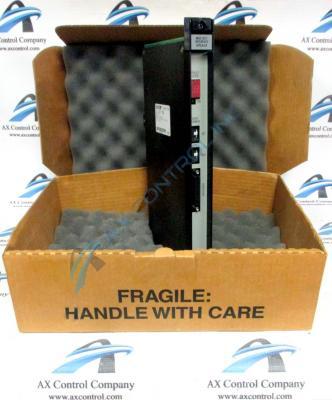
If you read industry publications, you’ve probably already come across the terms digitalization and digitization a couple of times today. But do you know the difference?
It’s easy to confuse the terms. But understanding how they differ will help you gain the most information and understanding of the digital mindset.
What is Digitalization?
According to IGI Global, Digitalization is the “adoption of digital technologies to modify a business model….by exploiting digital network dynamics and the giant digital flow of information.” On the other hand, digitalization leads to the creation of a digital business. According to Gartner, this is “the creation of new business designs by blurring the digital and physical worlds.” More about this in a minute.
What’s the Difference between Digitization and Digitalization?
Digitization is where digitalization begins, in the conversion of analog data into a digital form that can be processed by a computer. Digitalization transforms digitized data through the use of digital technologies like automation, computing, coding, AI, or IoT(to name a few) to change how work gets done. And while digitization can optimize and change the process to create a better workflow, reduce costs, or minimize waste, digitalization creates a core change that affects the entire business model.
Continue reading “Digitalization and Digitization: What’s the Difference?”


You must be logged in to post a comment.